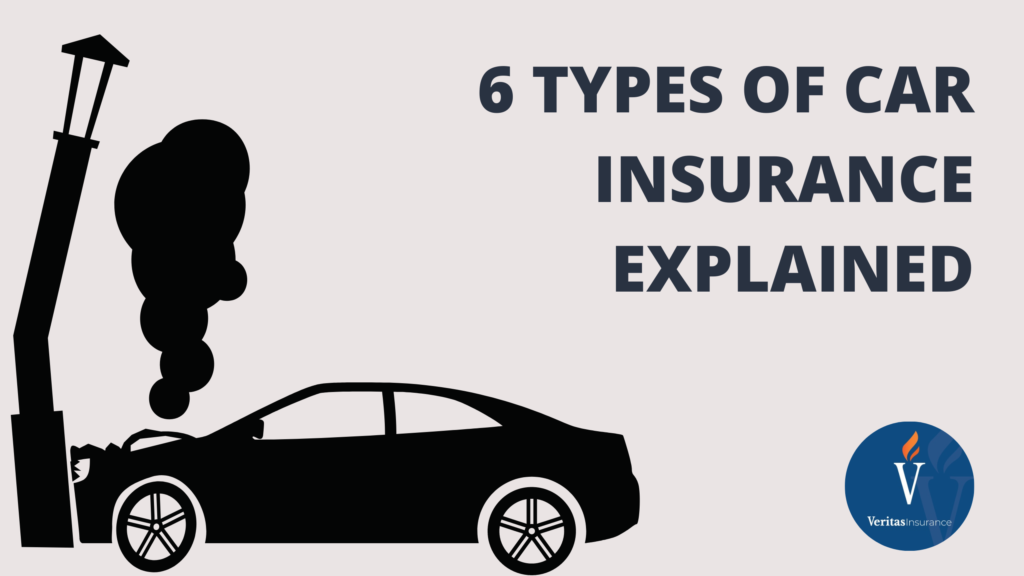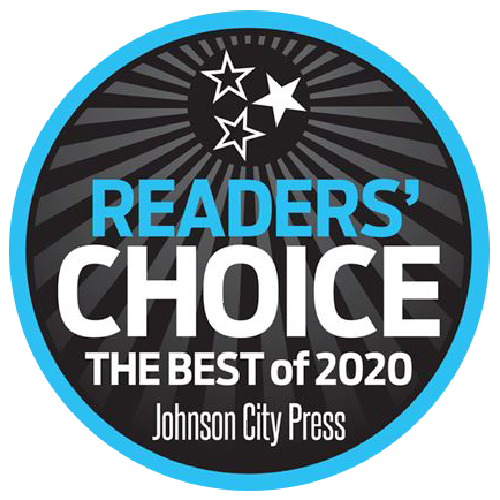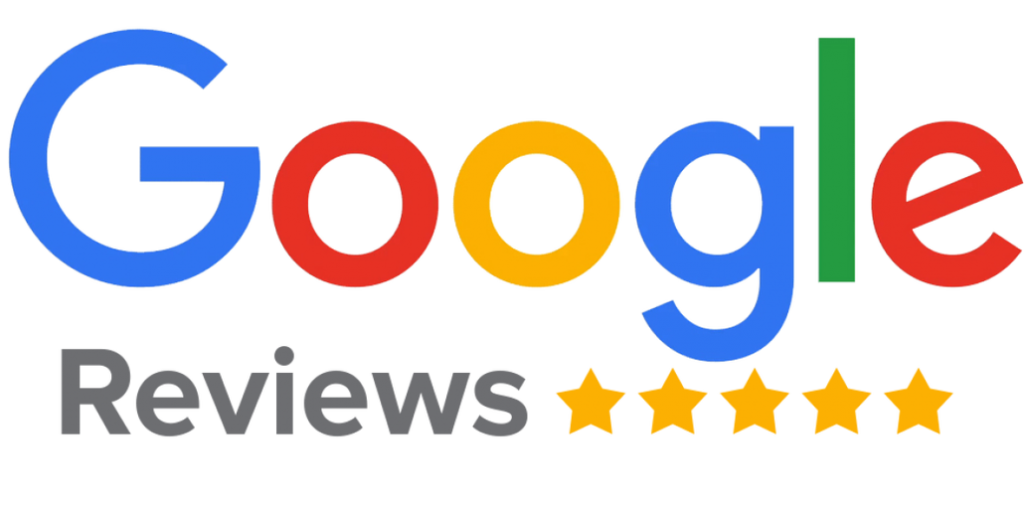Some people believe car insurance is just a commodity. It’s not. You’re not buying a soda. You’re protecting your financial well being. And the choices you make could affect you for the rest of your life. In this article, we will explore the different types of car insurance coverage that are available to you.
6 Types of Car Insurance
There are six different basic types of car insurance coverage. These are bodily injury liability coverage, property damage liability coverage, collision coverage, comprehensive coverage, medical payment coverage, and uninsured motorist coverage. Other coverages such as towing or rental car insurance are also available depending on your needs.
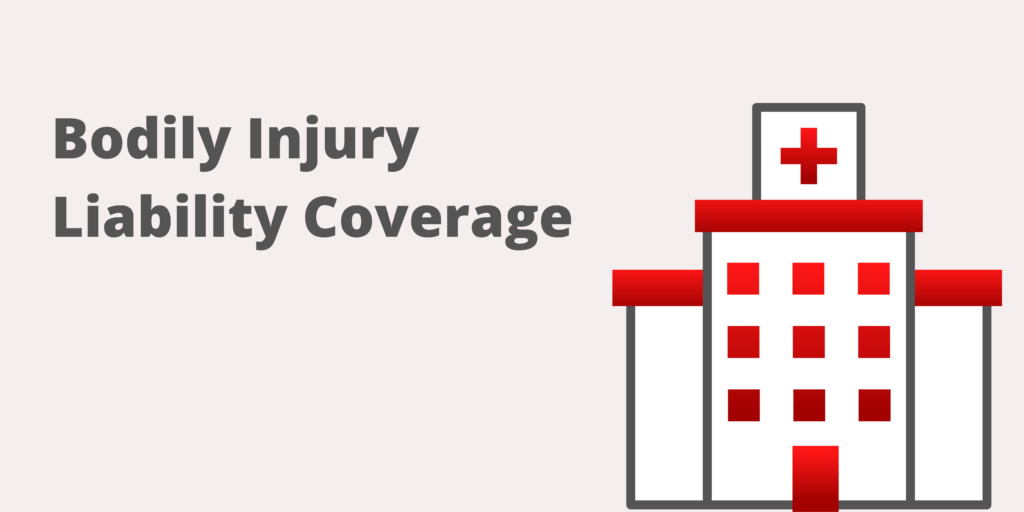
What is bodily injury liability coverage?
If you were to be at fault for a car accident resulting in injury or death to another person, you would be covered under bodily injury liability coverage. Bodily injury liability insurance pays medical and other expenses of the people injured or killed in accidents you cause.
How much bodily injury liability coverage you need
Bodily injury liability car insurance is required by most states. The limits on your policy can be as low as the required minimum, or as high as you wish. But when determining your policy limits, you need to think about how much you want your insurance company to pay for you.
Think about it: how much do you want your insurance company to pay?
Let’s say you hit someone and they land in the ICU. If your policy limit is only $25,000 per person, you may end up having to pay tens of thousands of dollars, if not more. Your policy limit is going to determine how much you pay in the end. Do you want your insurance company to pay for a quarter of the costs or all of it?
Remember, if you were at fault for an accident that resulted in a fatality, you could be sued for everything you have. For example, a distracted truck driver veered off the road, killing four men in the shoulder. The truck company was sued $16 million. If something like this happened to you, you don’t want to be left having to pay those damages yourself. Having sufficient coverage is critical.
When determining your policy limits, ask yourself: when do you want your insurance company to stop paying?
Combined single limit (CSL) policies
Many auto insurance companies now sell what are called combined single limit (CSL) coverages, which have no per-person limit. If you were to buy $300,000 CSL, that means your policy will pay a maximum of $300,000. All of that could go to one person, if needed.
Some companies include property damage liability in the CSL, which means that if you total someone’s antique car, your policy could pay up to $300,000 for property damage. CSL coverage costs more than traditional limits, but it can be worth it if you have any significant assets.
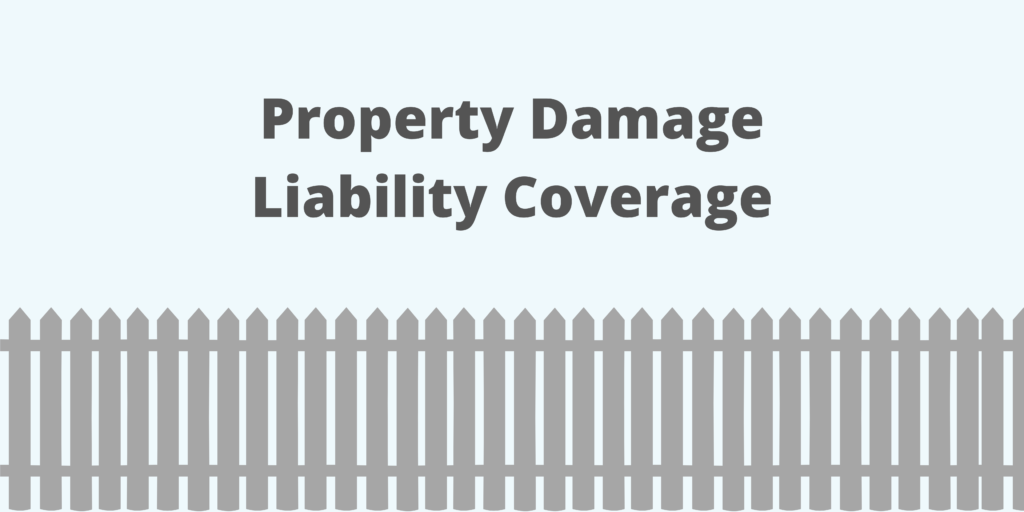
What is property damage liability coverage?
Property damage liability coverage covers the damage your car causes to property. Usually, that’s the other car or cars involved in the accident, but it also covers damage you do to any object you hit. Garages, buildings, lampposts, fences, or anything else.
For example, earlier this year (2022), a minivan hit the Chick-Fil-A building in Johnson City, Tennessee. The damages caused to the building would be covered under property damage liability coverage.
How much property damage liability coverage you need
When I started my career in the insurance industry, $25,000 was considered the maximum most people needed for this coverage. Not anymore. Like with the other coverages, ask yourself this question. If you hit someone’s brand new Ford F-150 or 2022 Tesla Model S, when do you want to start paying?
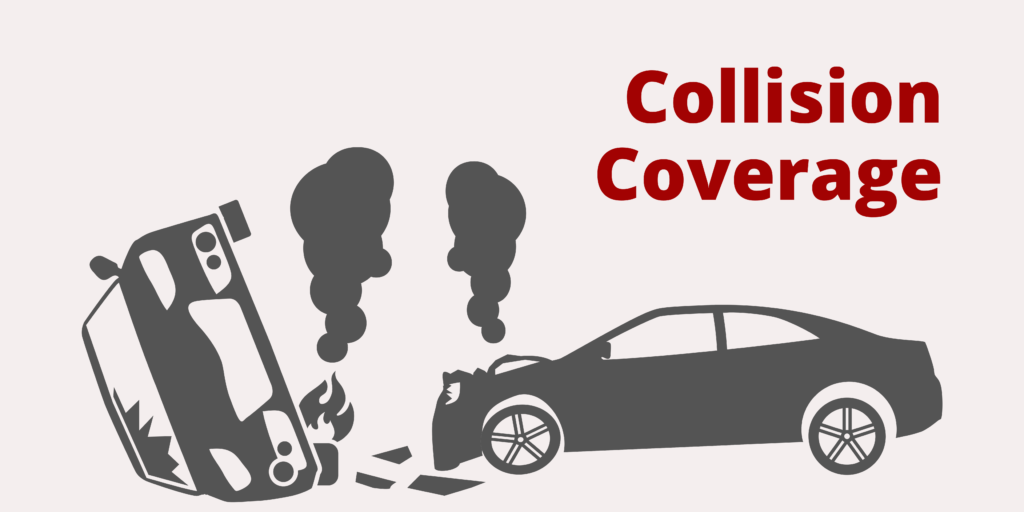
What is collision coverage?
Collision coverage is what most people think of when they hear the term “auto insurance.” This type of auto insurance covers damage done to your car when it collides with other vehicles or objects when you are at fault. While property damage liability coverage covers other peoples’ cars and property, collision coverage covers your own vehicle. This coverage applies if you hit an inanimate object. If you hit a person or animal, that would be a comprehensive, not collision, claim.
Deductibles for collision coverage
An auto insurance deductible is the amount that you pay before your insurance kicks in. That means when you are setting your policy limits, you will need to consider how much you can afford to pay to have your car fixed if you have an accident. Your policy could have a deductible of $100, $250, $500, even $1,000. However, the lower the deductible, the more your insurance premium will cost.
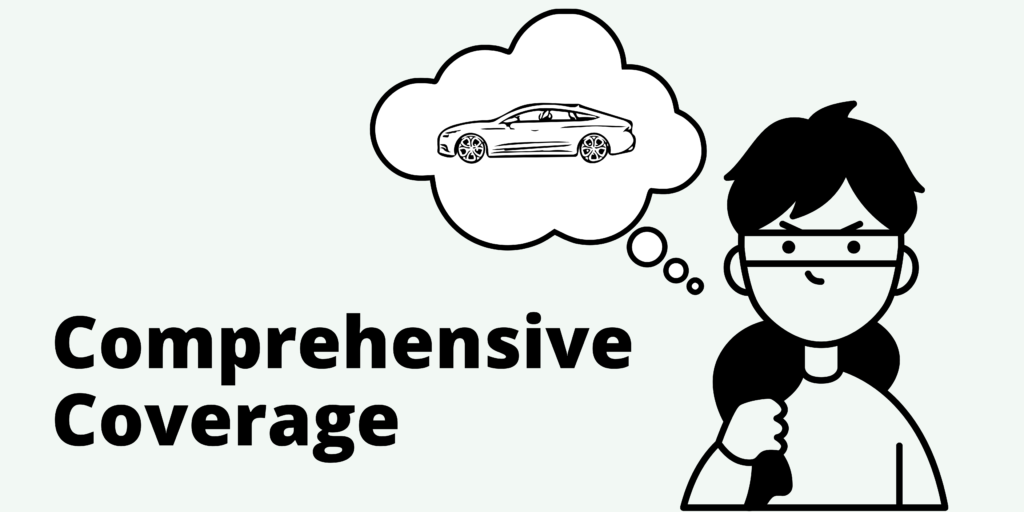
What is comprehensive coverage?
While collision coverage covers damage to your vehicle in car accidents, what about damage from other causes? That’s where comprehensive coverage comes into play. This covers damage to your car that results from something other than a collision with another vehicle. Here are a few examples of what it covers:
- A tree or hail damages your vehicle
- Someone steals or vandalizes your vehicle
- Someone steals your car radio (not always covered)
- You hit an animate object (a person or animal)
- Your windshield gets cracked
For example, let’s say there’s an auto crime spree in your neighborhood. Some young bandit stole your vehicle parked beside the road. Your losses would be covered by your auto insurance policy’s comprehensive coverage.
Comprehensive coverage includes a deductible
Like collision coverage, there’s a deductible with comprehensive, although it is often lower. For example, if you have a $250 deductible for collision coverage, your comprehensive deductible may be only $100.
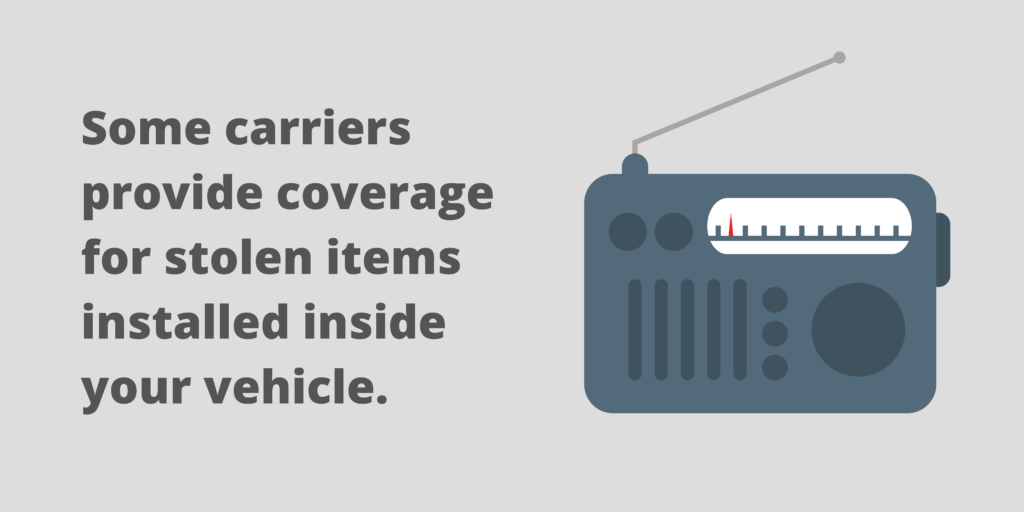
Got cassette tapes?
Comprehensive coverage has been dubbed OTC, or other-than-collision, coverage. Most insurance companies cover installed devices in your vehicle, such as your car’s radio or CD player. Additionally, some even provide some coverage to replace CDs or cassette tapes (who has these anymore?!) in your vehicle!
Some companies have exclusions, so if you have added any high-tech gadgets to your vehicle, make sure you speak with you insurance agent so you know exactly what is covered.
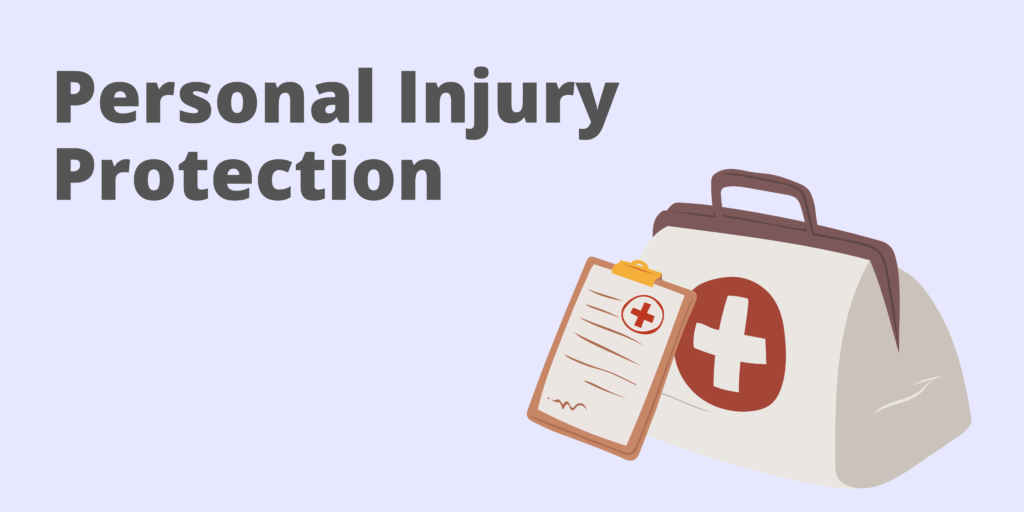
Aren't personal injuries from car wrecks covered under health insurance?
Whether you are a pedestrian or a driver, personal injury protection pays for your medical, or even funeral, expenses after a car accident. This coverage applies regardless of who is at fault for the accident. A lot of people think they don’t need personal injury protection in their car insurance policy because they have health insurance. This is not always the case, however.
Personal injury protection covers several things not covered by your health insurance policy:
- Reimbursement for income lost as a result of injuries
- Protection for passengers in your vehicle
This type of car insurance coverage is typically a good idea to have. You should speak with your insurance agent to determine whether you need it or not.
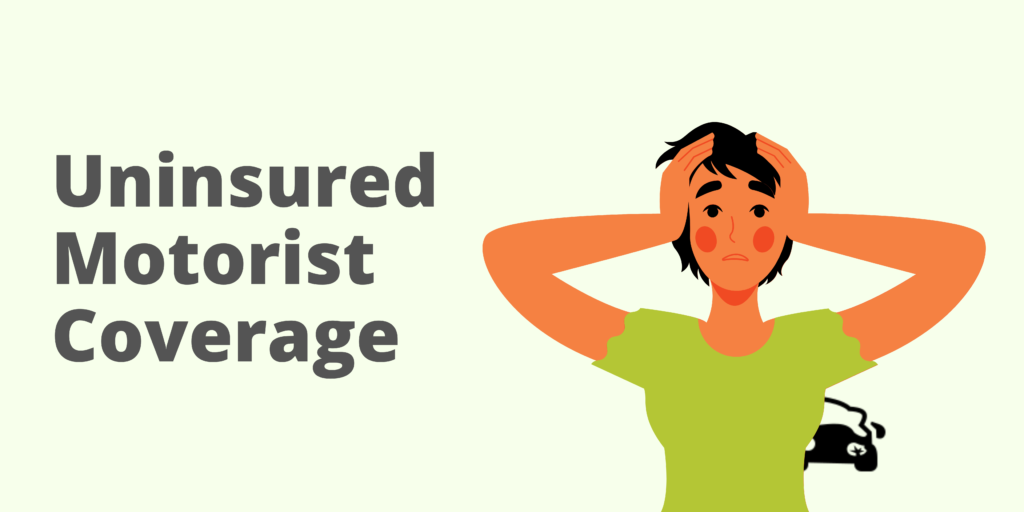
What if someone who hits you doesn't have car insurance?
What if someone who hits you is underinsured or doesn’t have car insurance at all? Uninsured motorist coverage is the type of insurance that will cover your losses. In Tennessee, even though car insurance is required by law, it is estimated that 20% of drivers are uninsured.
How much uninsured motorist coverage should you have?
For most people, it’s a good idea to have the same limits for uninsured/underinsured (UM/UIM) motorist coverage as they have for bodily injury liability. But remember, UM/UIM coverage is for you. It pays for your injuries and, in some policies, damage to your car if the person at fault in an accident with you cannot. Since you based your liability limit on what you have to lose, you should do the same with UM/UIM.
If an uninsured driver hits you, how much of your costs do you want your insurance company to cover?
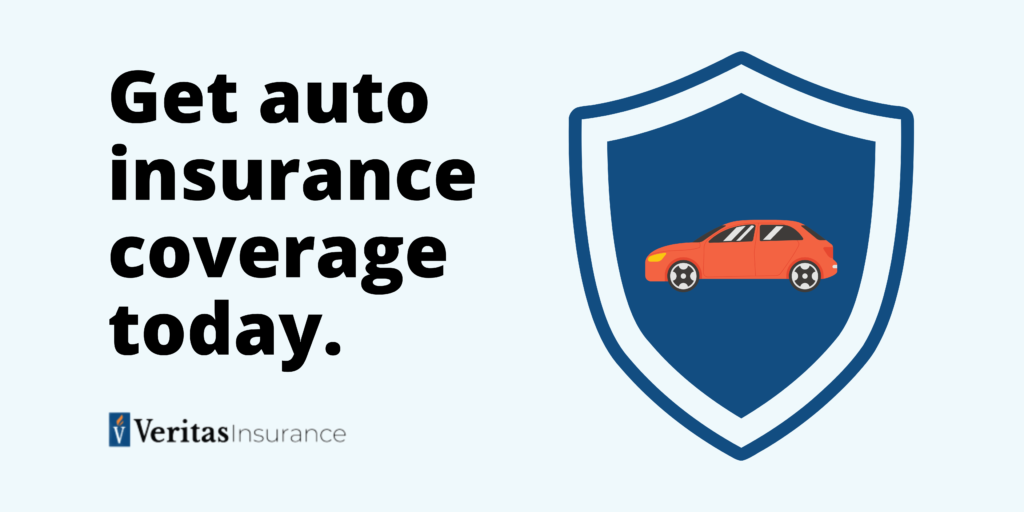
What types of car insurance do you need?
Each person’s auto insurance needs are different. Oftentimes, the cheapest or most popular policy is not going to be right for you. That’s why you need to work with an independent insurance agent who knows each of the different types of car insurance coverage well.
Call our Johnson City car insurance office at (423) 292-4142, or email help@veritasrm.com if you have questions. One of our personal lines insurance agents would be happy to help you make sure you have the coverage you need.
Let's Get Social!

Mastering Medical Payments Under Commercial Auto Policy
Simplifying Medical Payments Under Commercial Auto Policy For businesses that rely on vehicles, commercial auto insurance is a must-have. It covers liability, property damage, and vehicle harm. However, there’s



Understanding MedPay for Roofers
Medical Payments Insurance Coverage for Roofers For roofers, mastering MedPay insurance is a game-changer. Imagine working high above the ground, knowing that any unforeseen medical bills are covered, letting

